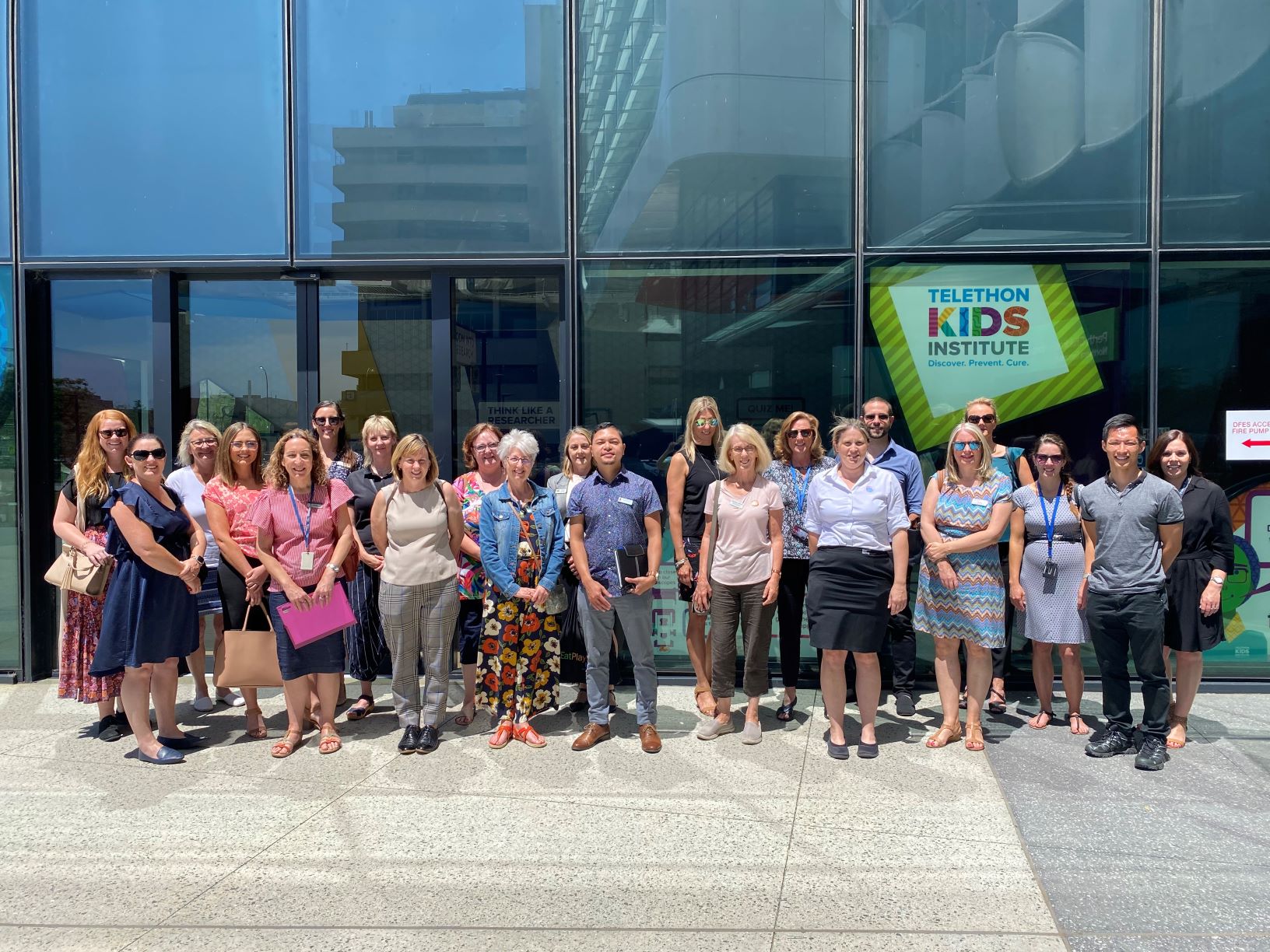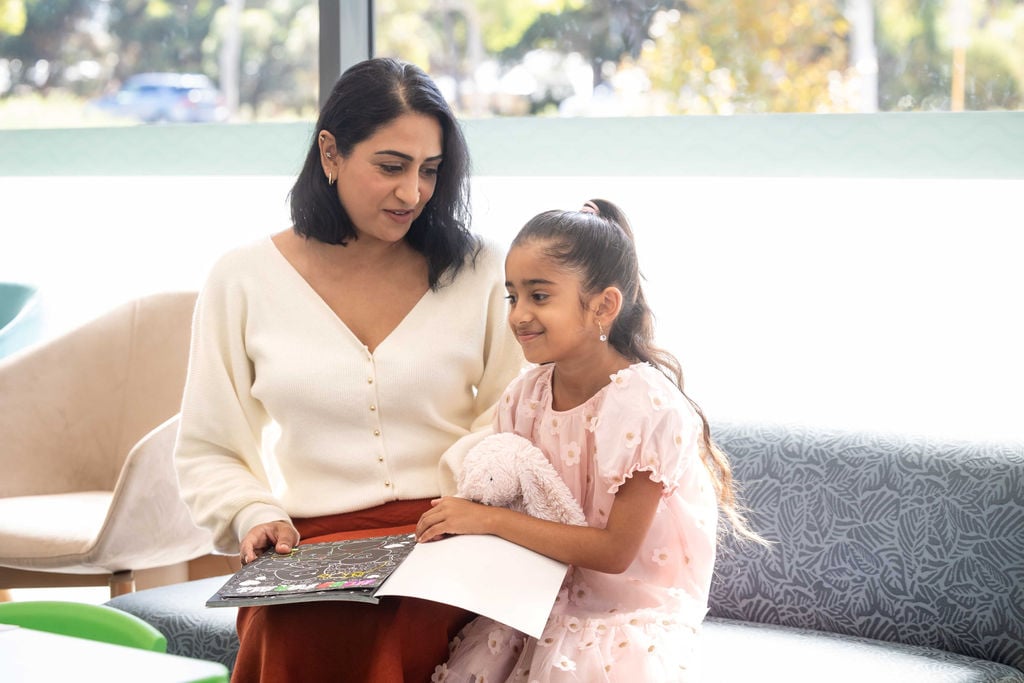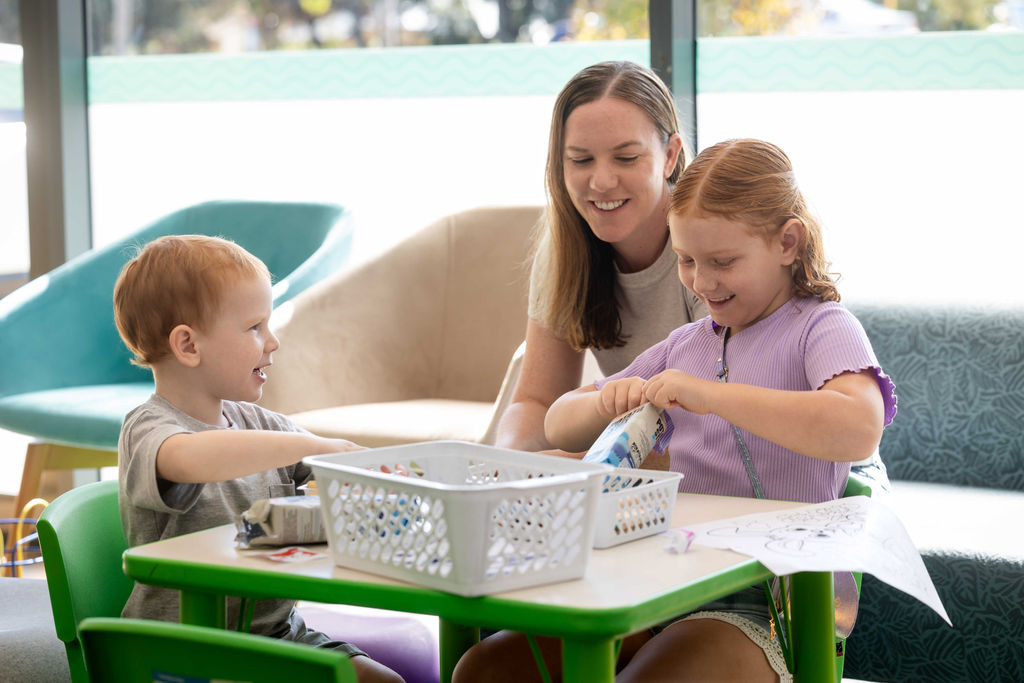Search

A list of documents, forms and resources for current or potential collaborators to download

Learn about our timepoints for online questionnaires and Kids Check Appointments.
Information on how to update your details throughout your time with ORIGINS.
Information about ORIGINS Confidentiality Statement.

Our participants have the opportunity to join a variety of sub-projects ranging from allergy prevention to improving the mental health of families.

ORIGINS has several sub-projects exploring allergy development within the cohort, with a focus on nutritional strategies for allergy prevention.

The impact of familial and childhood health conditions on health later in life.

Examining the pathways of perinatal maternal mental health that influence child mental health and wellbeing outcomes.

The Mums Minds Matter study is comparing three stress-reduction training programs across a custom-designed app that is working to increase long-term mental health skill application among perinatal women.
